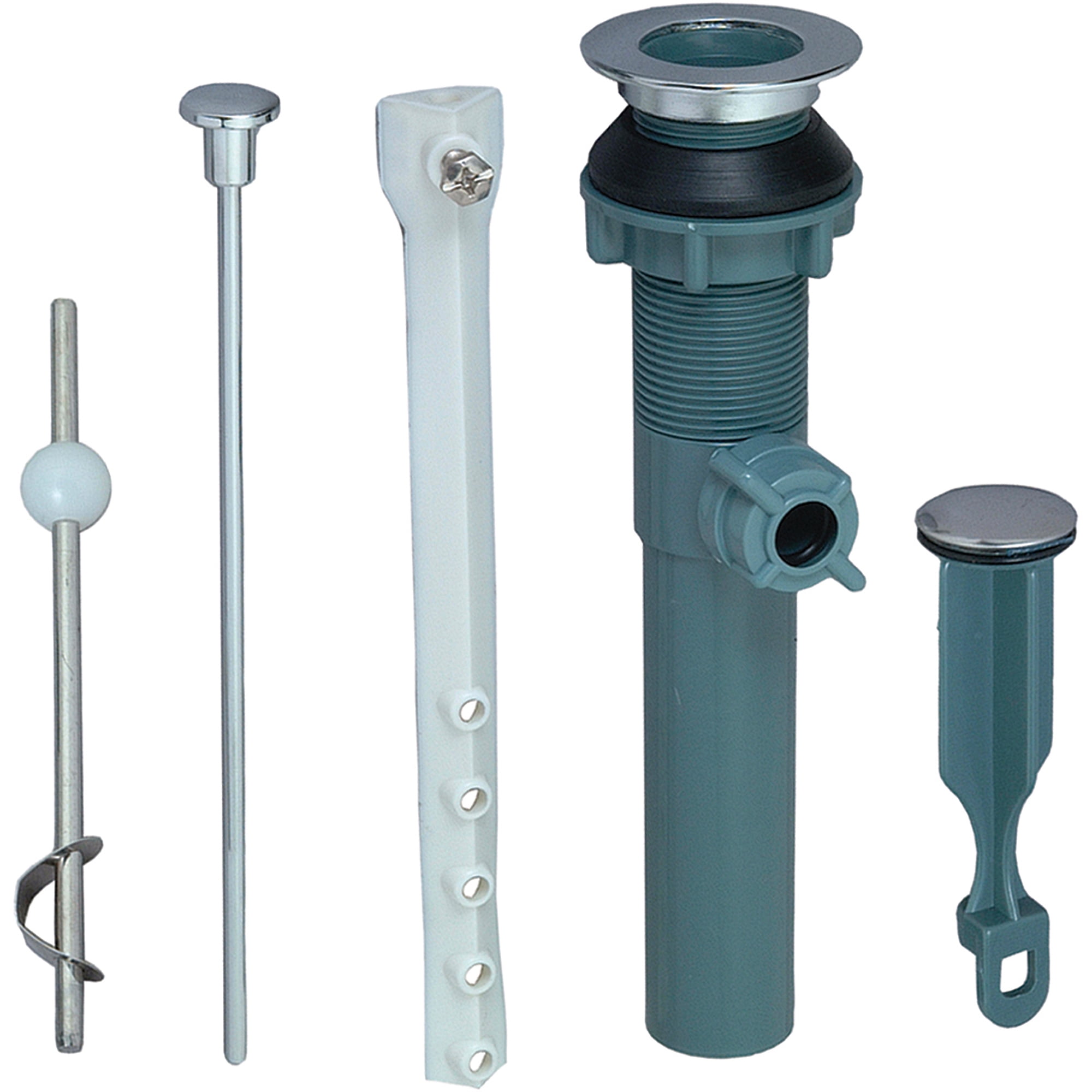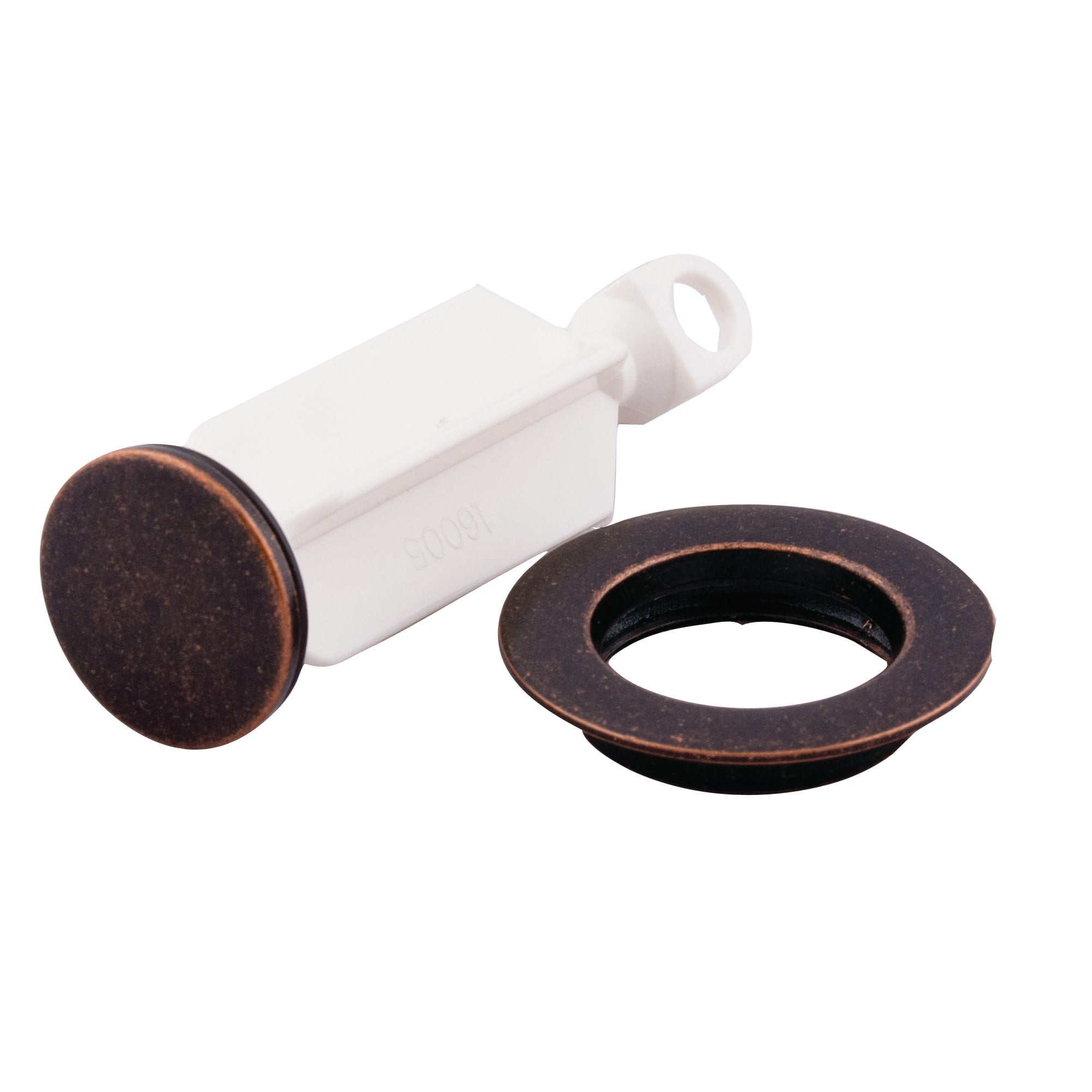Common Bathroom Sink Stopper Parts

Bathroom sink stopper parts – A bathroom sink stopper is a device used to plug the drain hole in a bathroom sink, preventing water from draining out. It typically consists of several parts that work together to create a watertight seal.
Often, a bathroom sink stopper is the culprit behind a clogged bathroom sink. If you’re facing this issue, don’t fret! Our comprehensive guide on how to fix a clogged bathroom sink will walk you through the process step-by-step. Once the clog is cleared, don’t forget to inspect your bathroom sink stopper parts to ensure they’re functioning correctly, preventing future blockages.
The most common parts of a bathroom sink stopper include:
Part Names
| Part Name | Description | Material | Function |
|---|---|---|---|
| Stopper Body | The main part of the stopper that fits into the drain hole. | Usually made of rubber or plastic | Plugs the drain hole to prevent water from draining out. |
| Lift Rod | A metal or plastic rod that connects the stopper body to the lift knob. | Usually made of stainless steel or brass | Raises and lowers the stopper body to open or close the drain. |
| Lift Knob | A knob or handle that is used to lift and lower the lift rod. | Usually made of plastic or metal | Controls the position of the stopper body. |
| Washer | A rubber or plastic washer that creates a watertight seal between the stopper body and the drain hole. | Usually made of rubber or silicone | Prevents water from leaking around the stopper body. |
Types of Bathroom Sink Stoppers: Bathroom Sink Stopper Parts

Bathroom sink stoppers are essential components that help control water flow and prevent unwanted drainage. They come in various types, each with unique advantages and disadvantages. Understanding the different types can assist in selecting the most suitable stopper for specific bathroom needs.
The primary types of bathroom sink stoppers include lift-and-turn stoppers, pop-up stoppers, and flange stoppers. Each type offers distinct features and functionality, making it important to consider the pros and cons before making a choice.
Lift-and-Turn Stoppers, Bathroom sink stopper parts
Lift-and-turn stoppers are classic and widely used bathroom sink stoppers. They consist of a metal or plastic stopper that is lifted and turned to open or close the drain. Lift-and-turn stoppers are durable and relatively easy to install, making them a popular choice for both residential and commercial bathrooms.
Advantages:
- Durable and long-lasting
- Easy to install and maintain
- Available in a variety of finishes to match bathroom décor
Disadvantages:
- Can be difficult to operate for people with limited hand mobility
- May not be suitable for sinks with overflow drains
Example: Delta Faucet RP71953 Lift and Turn Sink Stopper
Installation and Maintenance of Bathroom Sink Stoppers

Installing and maintaining bathroom sink stoppers is crucial for ensuring proper drainage and preventing leaks. Here’s a comprehensive guide to help you navigate the process:
Installation
Installing a bathroom sink stopper is a straightforward process:
- Remove the old stopper by unscrewing it from the drain.
- Clean the drain opening to remove any debris.
- Apply plumber’s putty around the base of the new stopper.
- Screw the stopper into the drain, ensuring it is hand-tight.
- Tighten the stopper further using a wrench, but avoid overtightening.
Troubleshooting
If you encounter problems with your bathroom sink stopper, here are some troubleshooting tips:
- Leaking stopper: Check for a damaged washer or O-ring and replace if necessary.
- Stopper won’t close: Clean the stopper and drain to remove any debris that may be obstructing its movement.
- Stopper won’t open: Check if the lift rod is jammed or disconnected and fix it accordingly.
Maintenance
Regular maintenance is essential to keep bathroom sink stoppers functioning properly:
- Clean the stopper and drain regularly to prevent clogging.
- Inspect the stopper for any damage and replace it if necessary.
- Lubricate the lift rod periodically to ensure smooth operation.
The gleaming surface of a well-maintained bathroom sink is a testament to the harmonious interplay of its components. From the unassuming yet crucial stopper parts that prevent water from escaping to the stylish backsplash that adds a touch of elegance, every element contributes to the sink’s functionality and aesthetic appeal.
Speaking of backsplashes, have you considered exploring the latest bathroom sink backsplash ideas ? These creative designs can transform your sink area into a captivating focal point, while complementing the stopper parts that ensure a seamless flow of water.